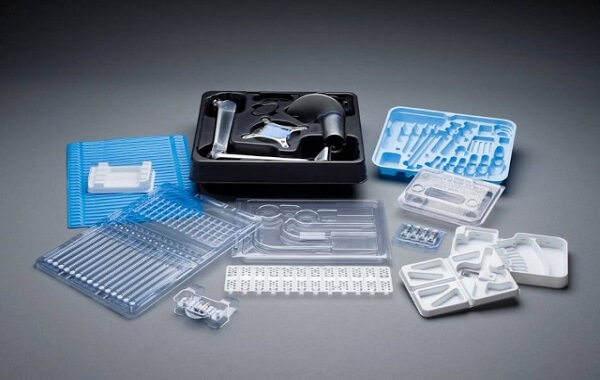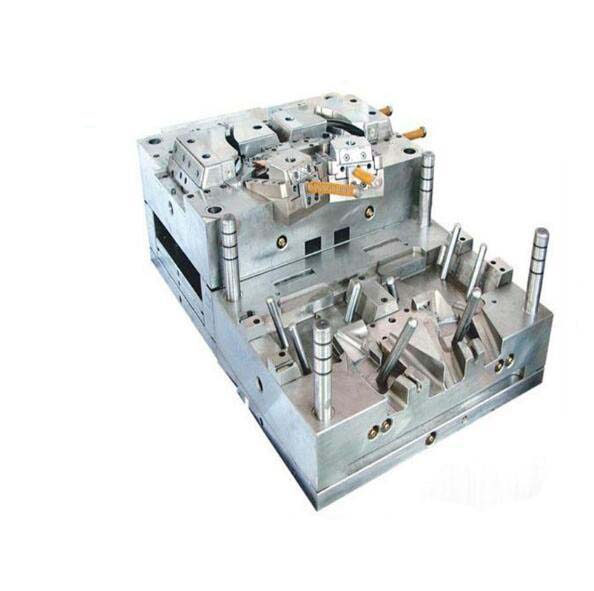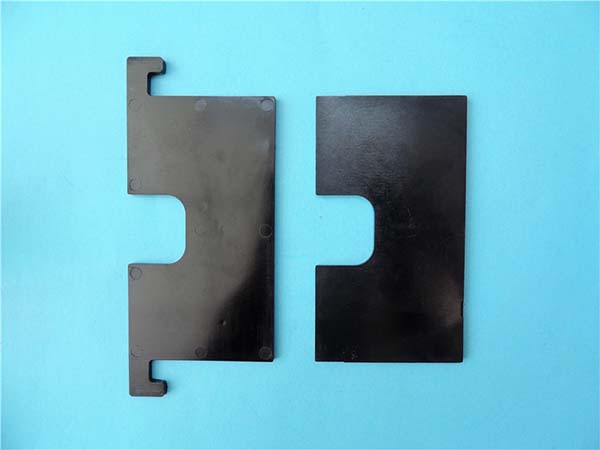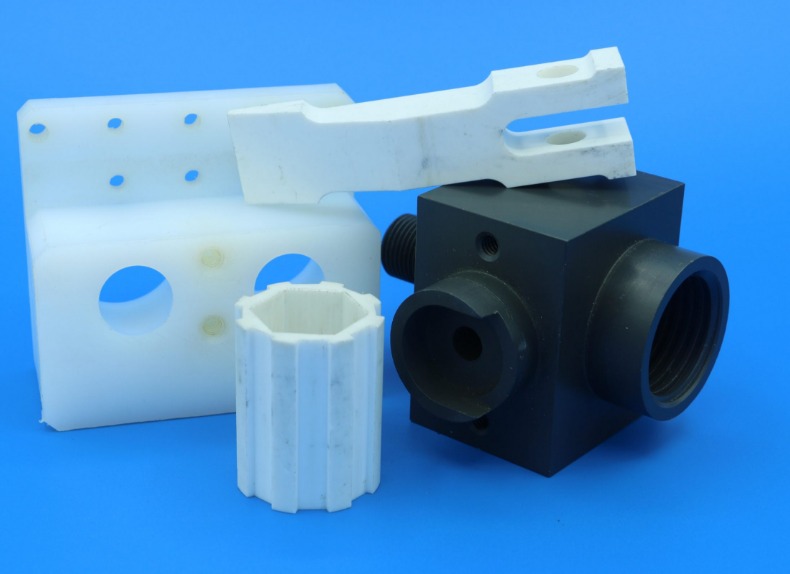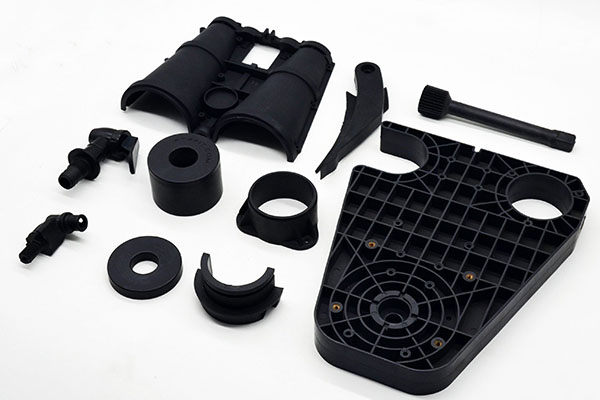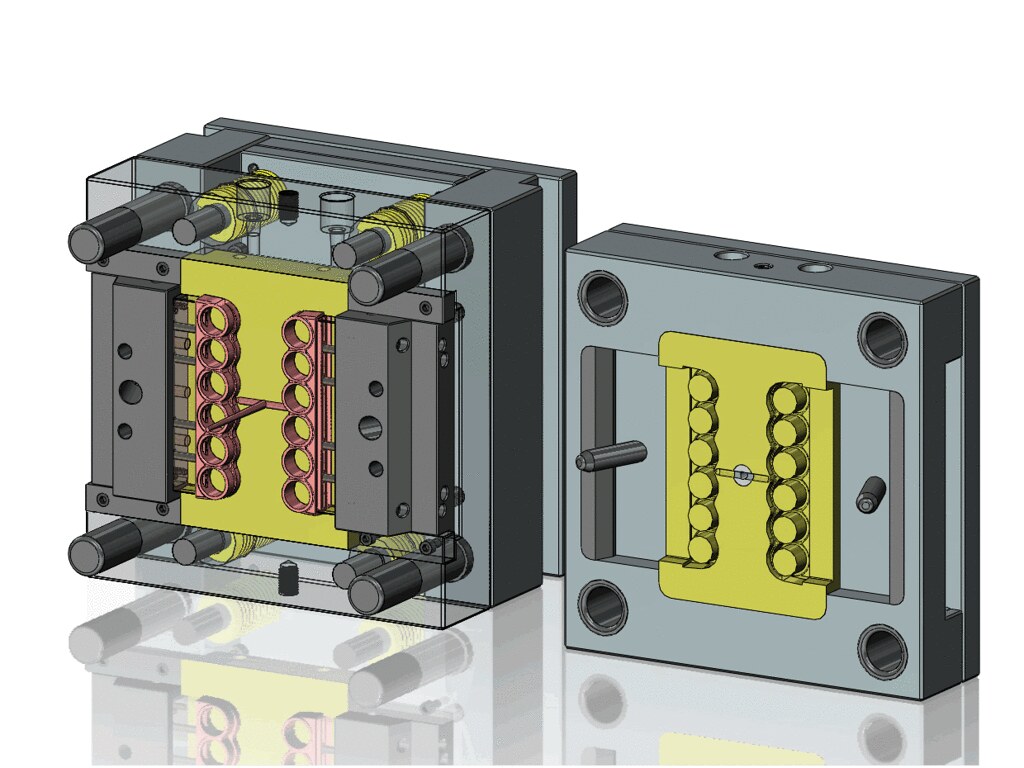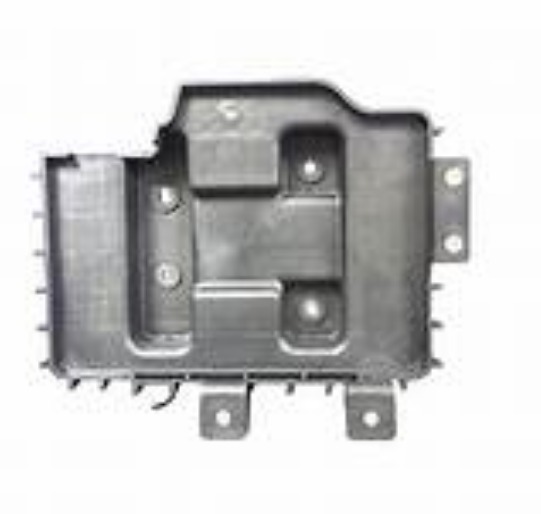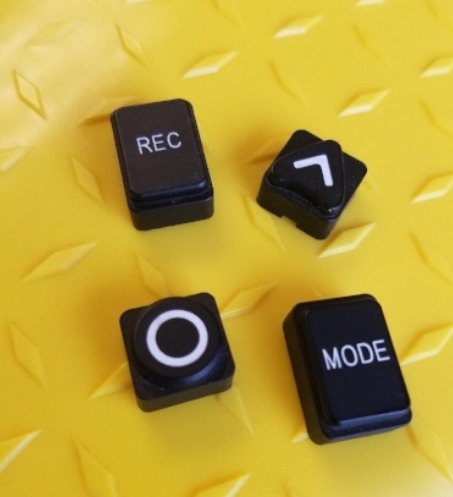Introduction
Thermoplastic Polyurethane (TPU) has emerged as a highly versatile material in the manufacturing industry. However, working with TPU in injection molding comes with its own set of challenges. Manufacturers often struggle with ensuring the right material properties for their specific applications, optimizing the injection molding process to avoid defects, and designing molds that can handle TPU's unique characteristics. In this article, we will explore all aspects of TPU injection molding to help you overcome these hurdles.
1. Material Properties of Thermoplastic Polyurethane (TPU)
TPU is known for its outstanding elasticity and flexibility. For example, its elongation at break can range from 500% to over 1000% depending on the grade, which is far higher than many other plastics. This property makes it ideal for applications where repeated bending or stretching is required.
It also exhibits high abrasion resistance. TPU materials can withstand taber abrasion resistance values as low as 20 mg (loss per 1,000 cycles) for solid TPU grades, which is crucial for products like footwear outsoles and industrial conveyor belts.
TPU offers excellent tear strength, with die C tear resistance values greater than 250 p/i for some solid grades. Additionally, it has good chemical resistance against oils, greases, and many solvents. This makes it suitable for use in automotive components exposed to various fluids.
In terms of thermal stability, TPU can maintain its mechanical properties over a wide temperature range. Some grades also offer UV resistance and weatherability, making them suitable for outdoor applications. For instance, aliphatic TPU grades are color - fast and non - yellowing, providing long - term durability in sunlight.
The shore hardness of TPU can vary from as low as 60 Shore A to as high as 75 Shore D, allowing for a wide range of applications. Tensile strength can be as high as 2000 psi or more in certain solid grades, and compression set is relatively low, ensuring that TPU parts maintain their shape under repeated compression. Some TPU grades also have biocompatibility, making them suitable for medical device applications.
2. Injection Molding Process for TPU
2.1 Process Parameters
- Melt Temperature: The melt temperature for TPU depends on its hardness. Higher - hardness TPU grades require higher melt temperatures, typically ranging from 180°C to 230°C. For example, a Shore D - hardness TPU might need a melt temperature closer to 230°C, while a softer Shore A - hardness TPU could be processed at around 180°C.
- Injection Speed and Pressure: Injection speed should be carefully controlled. A fast injection speed can help fill the mold cavity quickly, but it may also cause air entrapment. Injection pressure also varies depending on the part complexity and mold design. For simple parts, a lower injection pressure might be sufficient, while complex geometries may require higher pressures, sometimes up to 1500 bar.
- Cooling Time and Cycle Time: TPU has a relatively fast solidification rate. The cooling time is typically shorter compared to some other plastics, which helps in reducing the overall cycle time. However, it's important to ensure sufficient cooling to prevent warpage. Cycle times can range from 10 to 60 seconds depending on the part size and complexity.
2.2 Material Handling
TPU has drying requirements as it is hygroscopic. It should be dried to a moisture content of less than 0.05% before processing. Improper drying can lead to defects such as voids and poor surface finish. Additionally, maintaining humidity control in the production environment is crucial to prevent re - absorption of moisture.
3. Mold Design for TPU Molding
3.1 Mold Design Principles
- Venting Requirements: TPU has a low - viscosity during processing, which means efficient venting is necessary to prevent air entrapment. Venting channels should be designed to allow air to escape without allowing TPU to leak out. The vent depth is typically around 0.01 - 0.03 mm.
- Cooling Channel Layout: A well - designed cooling channel layout is essential for uniform cooling of TPU parts. This helps in reducing warpage. The cooling channels should be placed as close as possible to the mold cavity surface, typically within 10 - 15 mm.
- Ejector Pin Design: TPU parts can stick to the mold due to their elasticity. Ejector pins should be designed with a proper surface finish and distribution to ensure smooth ejection. The diameter of ejector pins can range from 2 - 6 mm depending on the part size and shape.
3.2 Mold Materials
TPU molds are often made of steel alloys. For example, P20 steel is commonly used as it offers good machinability and sufficient hardness to withstand the injection molding process. However, for highly abrasive TPU grades, molds may be made of harder steels or coated with materials like chromium to improve wear resistance.
4. Quality Control and Defects in TPU Molding
4.1 Defect Identification
- Warpage: This occurs when there is uneven cooling during the molding process. Warpage can be measured using coordinate measuring machines (CMMs), and the allowable warpage limits depend on the application. For automotive parts, the warpage tolerance might be as low as ±0.5 mm.
- Sink Marks: Sink marks are often caused by shrinkage during cooling. They can be identified visually and are more likely to occur in thick - walled sections of the part.
- Short Shots: Short shots happen when the mold cavity is not completely filled with TPU. This can be due to insufficient injection pressure, low melt temperature, or poor mold design.
- Flash: Flash occurs when TPU leaks out between the mold halves. It can be trimmed off, but excessive flash indicates a problem with the mold alignment or clamping force.
4.2 Quality Control Methods
- Mechanical Property Testing: Tensile strength, elongation at break, and hardness tests are commonly performed to ensure that the TPU parts meet the required mechanical specifications.
- Statistical Process Control: This involves monitoring process parameters such as melt temperature, injection pressure, and cycle time over time to detect any trends or variations that could lead to defects.
- Inspection Techniques: Visual inspection, dimensional inspection using CMMs, and non - destructive testing methods like ultrasonic testing can be used to identify defects.
5. Applications of TPU in Injection Molding
5.1 Automotive Components
TPU is used in automotive applications such as seals, gaskets, and hoses. Its high abrasion resistance and chemical resistance make it suitable for these applications. For example, TPU hoses can withstand the high - pressure and high - temperature conditions in automotive engines.
5.2 Medical Devices
Due to its biocompatibility, TPU is used in medical devices like catheters, tubing, and prosthetics. It offers the necessary flexibility and durability required for these applications.
5.3 Consumer Products
TPU is found in a wide range of consumer products, from mobile phone cases to footwear components. In footwear, TPU is used for outsoles, midsoles, and heel counters due to its excellent abrasion resistance and cushioning properties.
6. Post - Processing and Finishing of TPU Parts
6.1 Surface Treatments
- Painting and Coating: TPU parts can be painted or coated to improve their appearance or provide additional protection. However, proper surface preparation is required to ensure good adhesion.
- Ultrasonic Welding and Adhesive Bonding: Ultrasonic welding is a common method for joining TPU parts. Adhesive bonding can also be used, but the choice of adhesive should be carefully selected to ensure compatibility with TPU.
6.2 Machining and Trimming
TPU parts may require machining and trimming to achieve the final dimensions and surface finish. This can be done using techniques such as cutting, drilling, and grinding. However, care must be taken to avoid overheating the TPU, which could affect its properties.
Yigu Technology, as a custom manufacturing Supplier in China, believes that TPU injection molding offers vast opportunities in various industries. With our expertise in mold design and injection molding processes, we can help clients optimize their TPU production. We focus on ensuring high - quality TPU parts by carefully controlling material properties, process parameters, and quality control measures. Our team is dedicated to providing customized solutions to meet the specific needs of each client in TPU injection molding.
FAQs
- What is the best way to reduce warpage in TPU injection molding?
- Ensure a uniform cooling channel layout in the mold, control the cooling time accurately, and maintain consistent process parameters such as melt temperature and injection pressure.
- Can recycled TPU be used in injection molding?
- Yes, but the proportion of recycled TPU should be carefully controlled. High proportions of recycled material can reduce the toughness and other mechanical properties of the final product. It's advisable to limit the recycled material to 20 - 30% depending on the application requirements.
- How can I improve the surface finish of TPU injection - molded parts?
- Proper drying of the TPU material, optimizing the injection speed and pressure to avoid air entrapment, and ensuring a smooth mold surface finish can all contribute to improving the surface finish of TPU parts. Additionally, post - processing techniques like polishing or coating can be used.
